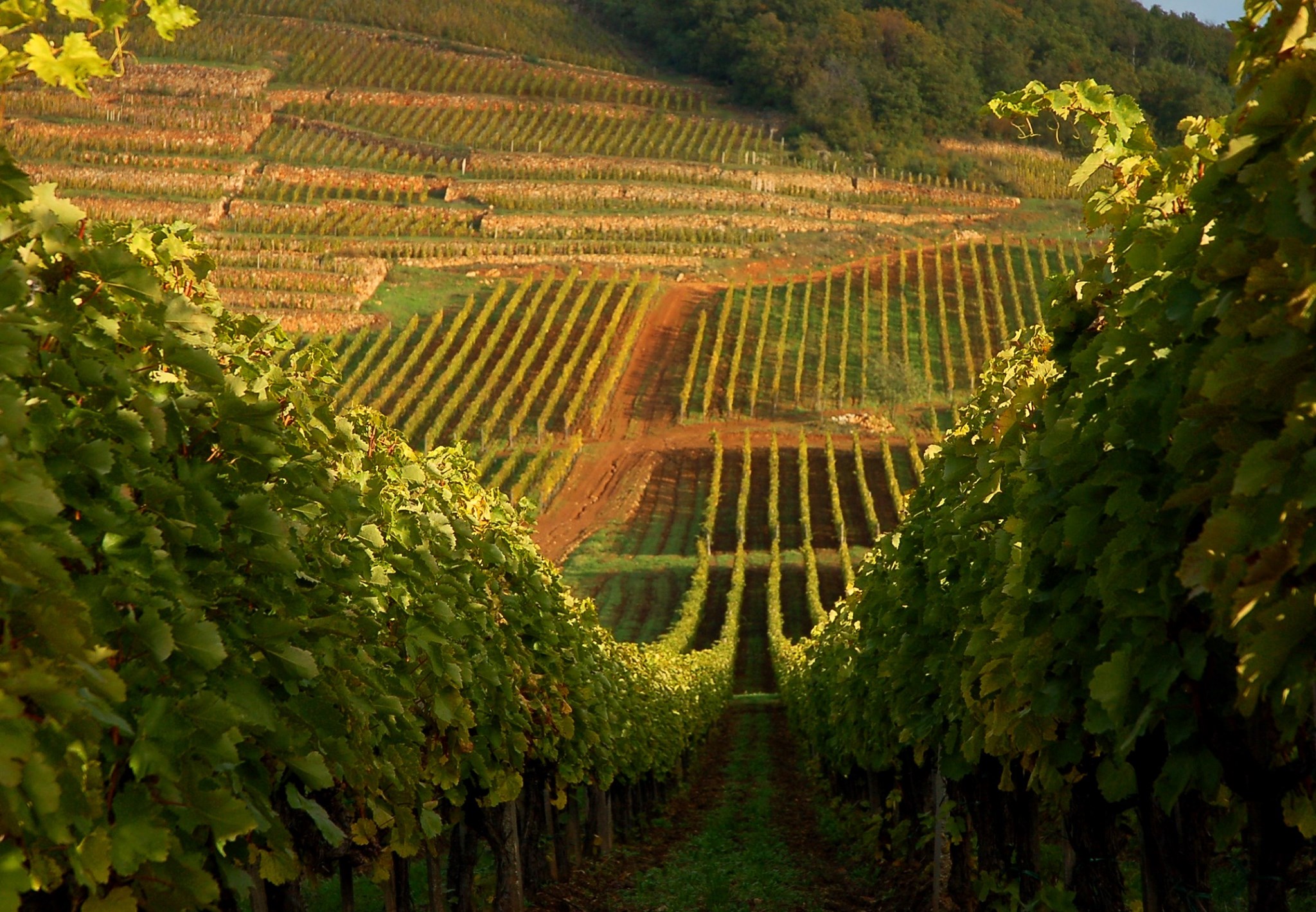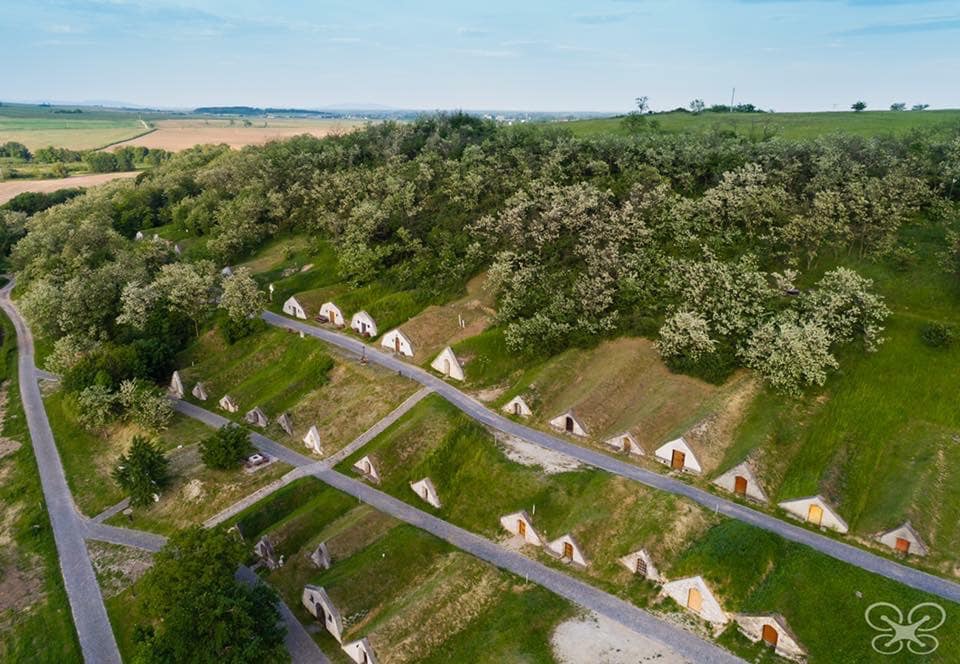“The King of wines, the wine of Kings” – History of the Tokaj region

With a number of vineyards and world famous grapes, Hungary is a great destination for anyone looking to enjoy some quality local wine. Tokaj region is one of the most famous beetween all the ones to be found in Hungary
The Tokaj region in general
The Tokaj region is an area of 5,500 hectares of vineyards and includes in total 27 towns and villages. The area is best known for its sweet aszú wines, made from nobly rotten grapes. In Tokaj, six grape varieties are permitted to grow. The most famous ones are Furmint and Hárslevelű. Other varieties grown in smaller quantities are Sárga Muskotály, Kövérszölö, Zéta (a crossing of Furmint and Bouvier), and Kabar (a crossing of Hárslevelű and Bouvier). All of these varieties can be used in Aszú.

Read also: Hungary in the world’s top wine tourism destinations!
Short history of the Tokaj region
- First written mentioning of Aszú wine: 1571
- Mád gathering of 12 regional wine-towns: 1641
- The world’s first vineyard classification: 1720’s
- Royal Charter: demarcation and appellation control: 1737
- Revival – a new style of Aszú wines: 1990’s
- UNESCO World Heritage Site as Cultural Landscape: 2002
- Government-designated Growth Area: 2014

XIV Louis and the Tokaji wine
Ferenc Rákóczi II, Prince of Transylvania, who owned a huge piece of the vineyards in the Tokaj region, established a good relation with the French Royal Court. The reason for that was, that both him, and the french side were looking for allies against the Habsburgs.
Read also: Hungarian Szepsy Winery among the best in the world according to renowned list
During the war for independence in Hungary, started by Rákóczi, what was a fight against the Hapsburgs in the early 18th century, he tried to ally himself with influential European monarchs, amongst them Louis XIV of France.
The fight for independence have fallen, and Rákóczi was first arrested, then imprisoned in Vienna on the 18th of April, 1700, but he sucesfully managed to escape and left to Poland, where he was sheltered by the French ambassador. Three years later, while the Austrian forces had to move most of their forces from Hungary to Spain, Rákóczi started another uprising, which unfortunately failed again in 1711.
After refusing an amnesty by the Habsburgs, Louis XIV offered Rákóczi exile in France in 1713 and paid him a pension. On the occassion of a feast in Versailles, when Tokaji wines had been served, the menu card showed His Majesty’s hedonistic quote „C’est le roi des vins, et le vin des rois“ (The King of wines, and the wine of Kings).
The successor Louis XV used to serve Tokaji to his famous mistress – Madame Pompadour. „Vinum Regum, Rex Vinorum“ – this famous line is used to this day in the marketing of Tokaji wines.
Source: Daily News Hungary, World Heritage Journeys









It is lovely to see the fantastic news and pictures of Hungary where I have been born
Such a awesome article!